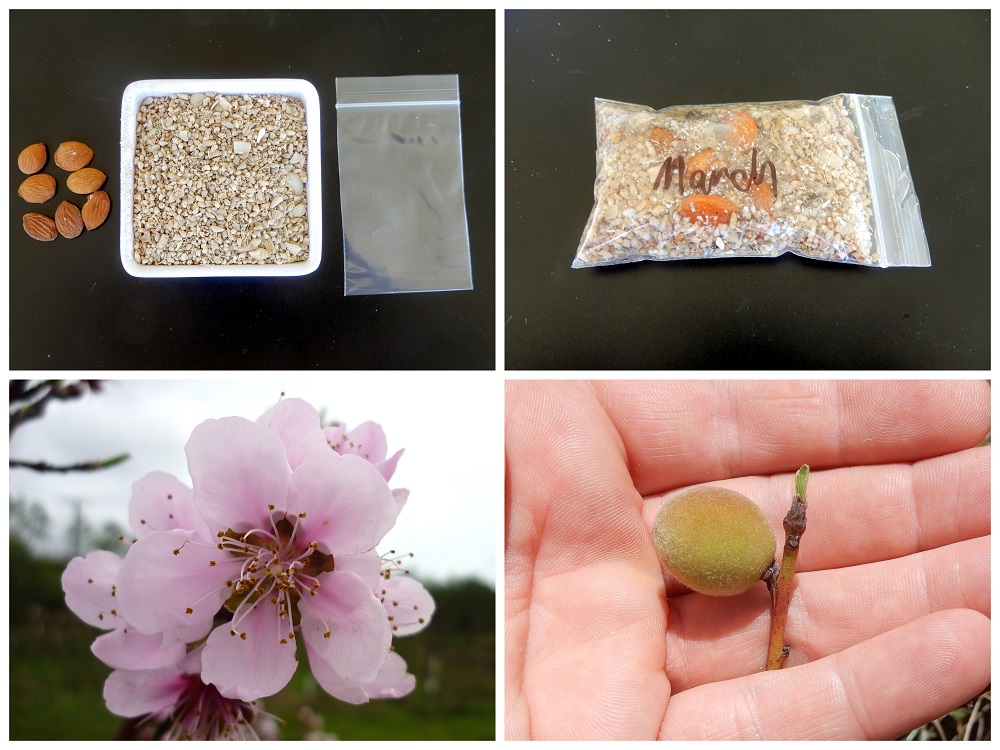
I used to do this a lot as experts told me it was necessary for a heap of commonly grown cold climate species. The idea is to trick the plant into thinking the long cold Winter has finished and now it is Spring-Summer and time to shoot. It often worked great but sometimes I had failures and rot, and with super rare or expensive seeds that can be pretty devastating.
Later I stopped believing in things I hadn’t actually seen with my own eyes and instead I ran side by side trials myself with some seeds just planted as per normal and I was really surprised by the huge range of results I had.
- Some trials confirmed the effectiveness of the method.
- Some trials completely disproved it.
- Some trials proved it effective, but at a lower rate of success, and at an overall slower time than just planting as per normal.
- Some trials proved it effective, and it was a little faster, but it also had a lower percentage of success overall when compared to just planting as per normal and waiting.
- Some trials had a result for one cultivar or variety, but a completely different result for a different variety or cultivar of exactly the same species.
- Some trials had one result one year and a completely different set of results the next year.
It is definitely worth having a go at, and like all methods used to break natural dormancy, it will most often shorten the time needed to germinate. It will also most often decrease the percentage of seeds that successfully sprout.
The reason why is some it will kill by rot. Others may begin to germinate early and deplete their food reserves. They may even get stuck halfway between one of the chemical processes needed to cure germination and the next one, swelling but not rooting for example.
Some may even germinate perfectly, but then just not cope well with the rapid moisture and temperate changes at transplant. All sorts of things are possible.
Because of the weather patterns changing from when we first moved here, my main focus has switched to hardiness and drought tolerance. I don’t really grow many of the species that are best suited to this germination method any more.
With drought being way more common than cold let alone ice here, plants already evolved to those conditions are a much better option for me.
Stone fruit like peaches nectarines and apricots are an exception and for them, Method 3 works awesome.
Far better than the rest in my limited experience.
Cold Stratification Methods.
- Method 1.
Place the seeds in a plastic bag in the fridge for a couple of months.
Remove them and plant as per normal. - Method 2.
Soak the seeds first, then put them in a plastic bag in the fridge for a couple of months.
Remove them and plant as per normal. - Method 3.
Put very clean coarse sand or fine shell grit in a small plastic bag along with the seeds.
Add a heap of water and wait ~1hr.
Squeeze all the water out, seal the bag, and put it in the fridge for a couple of months.
Remove them and plant as per normal.
In my very limited experience, this works best for me across all species I have trialled over the years. - Method 4.
Put very clean wet peat in a small plastic bag along with the seeds and put it in the fridge for a couple of months.
Remove them and plant as per normal. - Method 5.
Put very clean cocopeat in a small plastic bag along with the seeds and put it in the fridge for a couple of months.
Remove them and plant as per normal. - Method 6.
Plant the seeds in small individual pots of moist clean potting mix.
Place them inside a large plastic bag to trap humidity and put the whole lot in the fridge for a couple of months.
Remove them and plant as per normal.
The idea is to trick the plant into thinking there has been a harsh cold Winter, and now that it has warmed up into Spring-Summer now is the best time to germinate. It often works and is well worth having a crack at especially with European food crops and cold climate species.
If I believe it is worth doing I always advise it in the advert text.